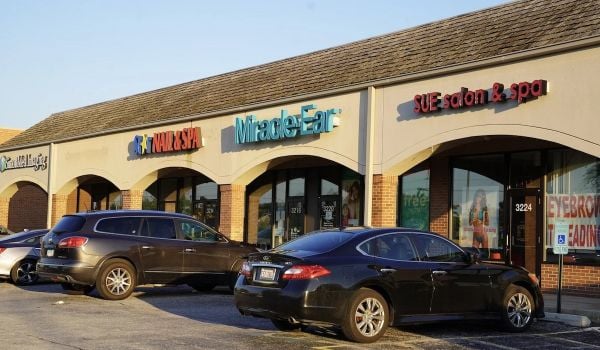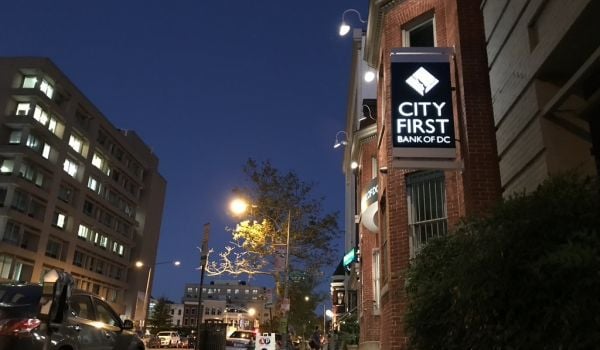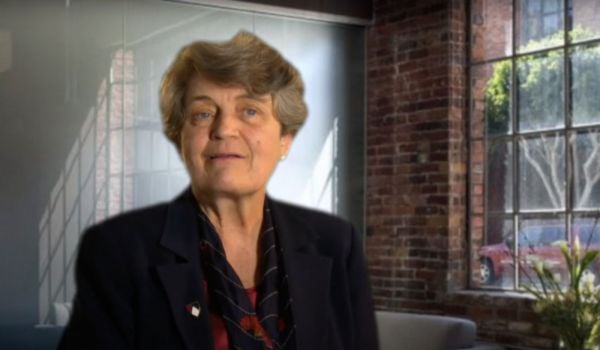Lem White wants to “blow up” the donor-advised fund model. Also known as DAFs, these are accounts created at a sponsor entity that allow account holders to get the tax benefits of giving away large sums of money all at once, then distribute those dollars later — if and when they feel like it — to tax-exempt organizations doing actual work on the ground in communities. It’s easier than establishing a foundation, which requires setting up a new entity, lots of meetings, paperwork, legal fees and ongoing reporting requirements.
With a masters’ degree in philosophy, White is not a wealthy philanthropist or a financial advisor with a bunch of wealthy clients — but he has often encountered those types throughout his 12-year career in startups, nonprofits and community development. He’s now co-CEO of Possibility Labs, whose stated mission is “to co-create a new economy where Black, Indigenous, People of Color, and historically low-income communities have the power of self-determination.”
White was previously deputy director of the Movement Strategy Center, which supports and incubates new organizations and emerging leaders in racial, social and environmental justice movements. There he noticed the meteoric growth of DAFs over the past few years. The number of DAF accounts nationwide exceeded 1 million for the first time in 2020, up from just 290,111 in 2016, according to the National Philanthropic Trust’s 15th Annual Donor-Advised Fund Report.
“Traditional DAF providers are built around that money sitting around, earning interest on that money, and wealth managers earn fees from investing and trading those resources,” White says.
DAFs churn through large sums of money every year, taking in new contributions from account holders and doling out grants. Internal Revenue Service regulations do not require DAFs to distribute a minimum amount in grants every year, unlike private foundations, which must distribute or spend at least 5% of their total assets on an annual basis. Some DAFs give out much more than 5%; others give out very little if any grant dollars a year. In 2020, DAFs overall distributed a record $34.7 billion in grants to qualified organizations, or 23.8% of their total asset base. But in the same year, DAFs took in a record $47 billion in contributions — meaning the total amount of dollars sitting in DAF accounts actually grew to a record $159.8 billion.
As a standard practice, DAF sponsors place those dollars into Wall Street-managed investment portfolios. Asset management firms typically earn a management fee of at least 2% of assets managed, or what would be about $3.1 billion in fees for DAF investment portfolios in 2020. Asset management firms also typically get a cut of the profits made from the investment portfolios they manage. The rest of any DAF investment portfolio profits do stay within each DAF — the account owner can’t take them back out. The DAF sponsor entity may also earn an annual percentage fee from each DAF account. The largest DAF sponsor in the country is actually a Wall Street firm — Fidelity Charitable Trust, an arm of the retirement savings giant.
Blowing that up would be just the start for White. That’s why he and a few former colleagues recently launched Possibility Labs, whose offerings include serving as a DAF sponsor with a different model and approach rooted in the needs and values of the organizations, leaders and movement they’ve been working with for years. They plan to tap into the popularity of DAFs among those with control over wealth as a way to generate resources to support those pushing for the deeper structural changes that they really want to see.
“While we want fundamental, radical systems change as quickly as possible, we didn’t come at this with the notion we’re going to get there overnight or by forcing people into a completely new model of thinking and operating from day one,” White says.
DAFs are entering a renewed wave of scrutiny, from policymakers who’d like to see changes to DAF regulations to activists who want more transparency and accountability from DAF sponsor entities. Even some who own their own DAFs or whose families have DAFs are starting to demand changes when it comes to how DAFs and sponsor entities operate.
Nadav David is part of Resource Generation, a network with chapters in 18 cities and around 1,200 members — all of them from the ages of 18 to 35, and all with access to personal or family wealth.
“Some members have DAFs they’ve inherited or through their jobs but don’t know how DAFs work,” David says. “Most people don’t know that the money that just sits there is being invested in the market and that Fidelity or another investment manager is earning money from managing those assets.”
But there’s been an awakening among David’s peers over the past few years, inspired in part by Black Lives Matter and recent events, including the pandemic and the racial uprisings around the deaths of George Floyd, Breonna Taylor and others among the disproportionately Black people who have died at the hands of police.
In 2019, Resource Generation took part in a letter-writing campaign targeting Fidelity Investments CEO Abigail Johnson. The campaign urged Fidelity “to discontinue any transmission of funds to groups whose statements or practices malign or attack entire classes of people because of their race, ethnicity, religion, national origin, gender identity, or sexual orientation.”
That campaign grew into the Unmasking Fidelity Coalition, centering on Boston where Fidelity is headquartered. The coalition released a report in March 2022 detailing the rise in contributions from Fidelity Charitable Trust DAF accounts to groups the coalition says are “known for developing and advocating for policies that further systemic oppression.” Picking out just ten such groups out of the thousands that receive funding through Fidelity-sponsored DAFs each year, the report used data from IRS reporting forms to show those groups received $18.3 million in 2019, up from just $8.2 million in 2018.
Fidelity or other DAF sponsors by default honor all requests from DAF owners to distribute grants out of DAF accounts to qualified charitable organizations. All DAF sponsors are required to perform at least a minimum of due diligence to ensure the requested grantee is a registered 501c3 organization in good standing with the IRS. But beyond that, each DAF sponsor entity also has some authority to set criteria for organizations to whom it will funnel money.
In 2019 the Amalgamated Foundation, a relatively new DAF sponsor entity associated with Amalgamated Bank, launched the Hate is Not Charitable Campaign inviting other DAF sponsors to join it in exercising some of their discretionary legal authority to decline funding requests to certain groups identified as “hate groups” by the Southern Poverty Law Center.
David says his network has been surveying members to find out if they actually have DAFs or other accounts with Fidelity and so far, they’ve identified at least $7 million in DAF accounts and $53 million in other asset management accounts owned by Resource Generation members. They could choose to move those accounts to other providers who aren’t funneling money to groups it associates with what the Unmasking Fidelity Coalition calls systemic oppression, but for now, David and other Resource Generation members see an important role as clients of Fidelity to try and force a change in its practices.
Even if all Resource Generation members move their DAFs or retirement assets out of Fidelity accounts, it will hardly make a dent in the $4 trillion in assets that Fidelity manages overall. Fidelity Charitable Trust would still be funneling DAF dollars to groups that the Unmasked Fidelity Coalition wants it to stop supporting
“Lots of times people find out and feel compelled to take money out, but we’ve been calling on members saying rather than rushing to take money out, since alternatives aren’t all that great and many are also probably doing the same thing, let’s stick with the campaign,” David says. “Let’s follow the leadership of people who are being impacted by systemic oppression and get involved in leveraging their power. For us, that looks like having meetings with our personal Fidelity representatives to talk about this campaign.”
The Unmasked Fidelity Coalition is calling for Fidelity Charitable Trust to disclose any policies it might have that rule out contributions to properly registered charities for any reason. And if it doesn’t have them, it calls for bringing those targeted by systemic oppression to the table to help determine those policies.
“If they don’t have any such policies, maybe they should have them,” says Ramah Kudaimi at the Action Center on Race and the Economy, another coalition member organization. “If they do have them, we want to know who’s helping determine those policies and have they been in touch with communities targeted by systemic oppression to help determine those policies.”
At Possibility Labs, White wants to see those same communities changing more than the grantmaking part of DAFs and philanthropy. He wants to see more community power when it comes to the selection of investments for DAF account dollars.
It’s not just about bringing DAF investment portfolio dollars into communities conventionally denied access to investment capital — it’s a question of who gets to decide when and where and how those dollars get deployed. That’s why Possibility Labs is also supporting community-governed investment funds and community-controlled real estate development vehicles that could soon take advantage of DAF grants as well as DAF investment dollars.
“Even the DAF providers that have pushed towards the cutting edge of impact investments, they still haven’t fundamentally shifted that model, which is a way for wealthy people to sit on their money and control it in perpetuity,” White says. “We exist to solve these questions from the perspective of community power-building.”
This article is part of The Bottom Line, a series exploring scalable solutions for problems related to affordability, inclusive economic growth and access to capital. Click here to subscribe to our Bottom Line newsletter.

Oscar is Next City's senior economic justice correspondent. He previously served as Next City’s editor from 2018-2019, and was a Next City Equitable Cities Fellow from 2015-2016. Since 2011, Oscar has covered community development finance, community banking, impact investing, economic development, housing and more for media outlets such as Shelterforce, B Magazine, Impact Alpha and Fast Company.
Follow Oscar .(JavaScript must be enabled to view this email address)



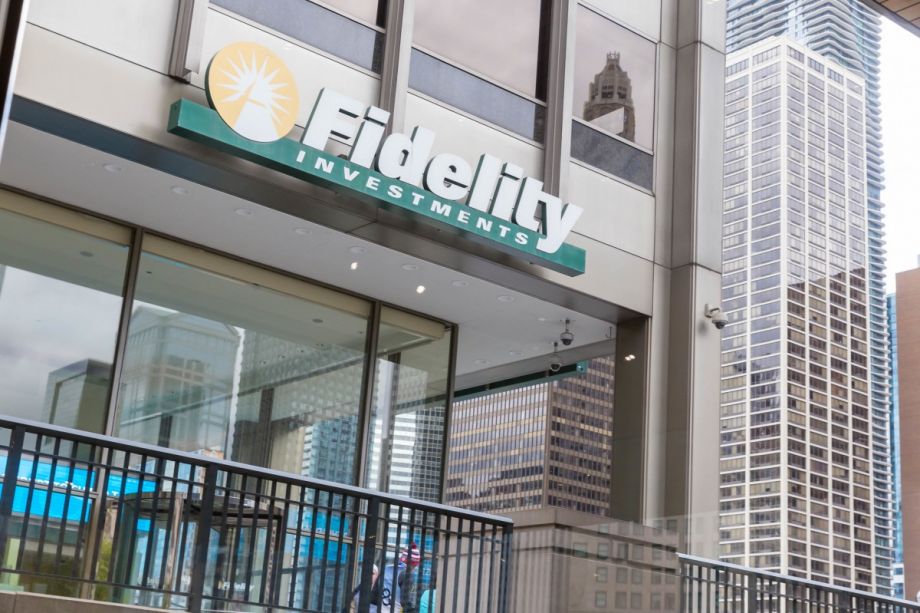
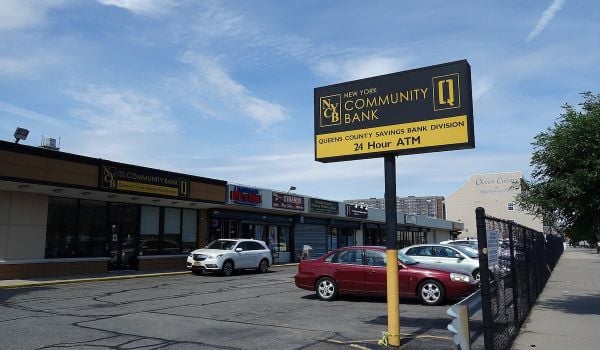
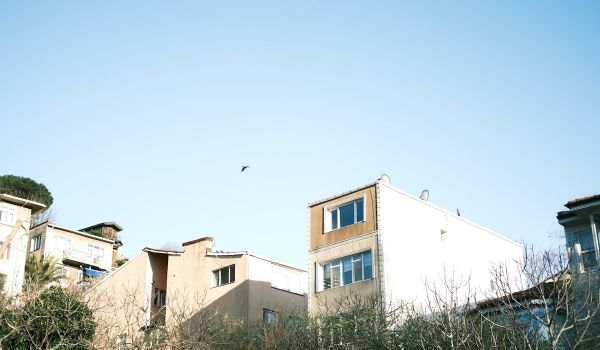

_600_350_80_s_c1.jpg)
